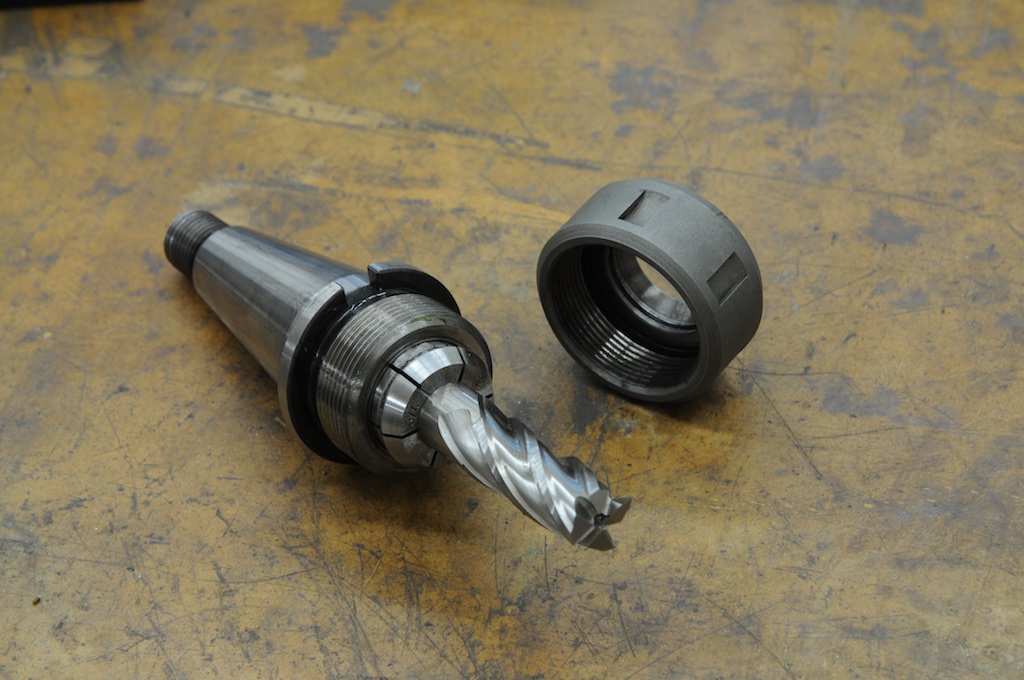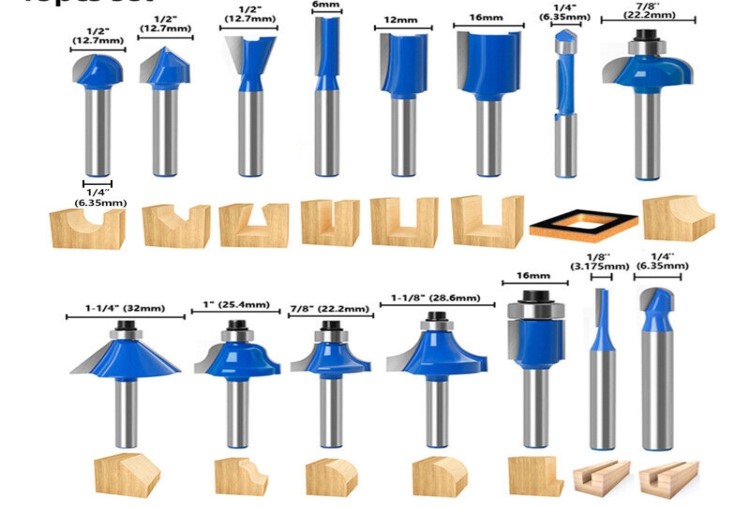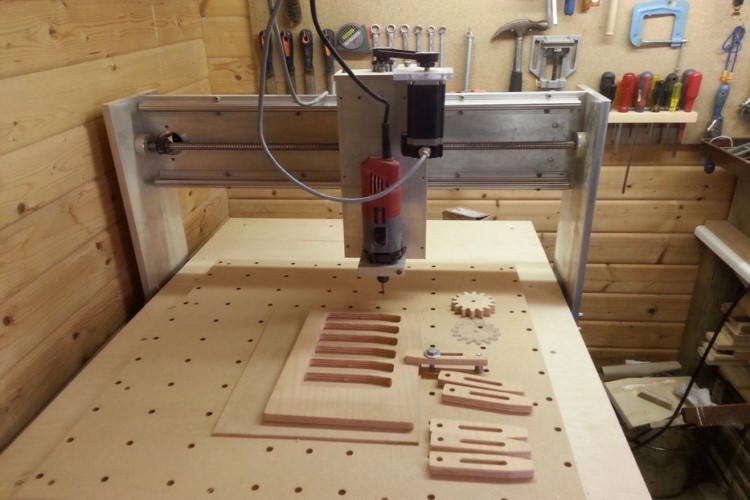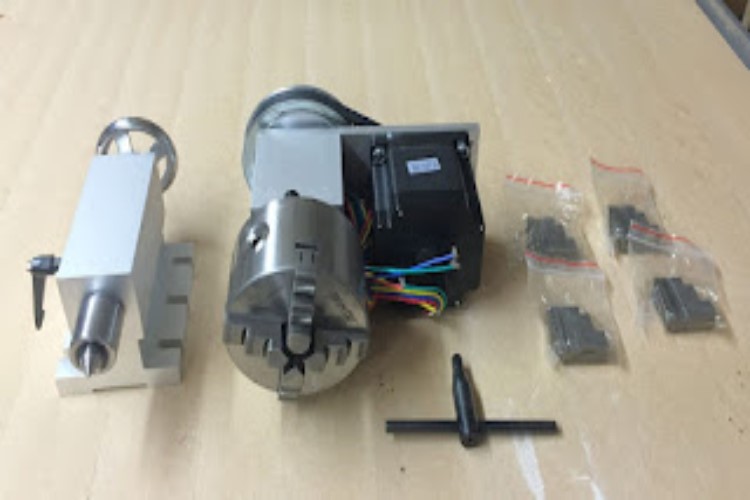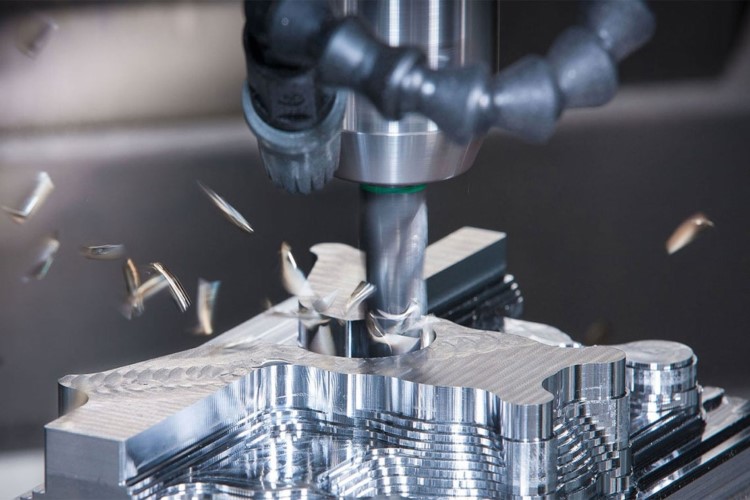CNC machining with standard brands like Shopbot tools has become a cornerstone of modern manufacturing. However, achieving high-quality CNC machined parts necessitates meticulous design considerations. Adherence to fundamental design guidelines and best practices specific to CNC machining is crucial. This guide provides the essential principles of CNC machining design, providing valuable insights into optimizing the process for various CNC operations.
The Guidline for CNC Machining Design
Given the dynamic nature of the manufacturing industry and the continuous evolution of CNC machines, a universally accepted set of standards for CNC machining remains elusive. However, adhering to these fundamental design guidelines can significantly enhance the quality and efficiency of your CNC machining operations:
How to Create Threads
Taps are used to create internal threads, while dies are employed for external threads. While M2 is the smallest thread size theoretically possible in CNC machining, M6 or larger is generally recommended. However, CNC threading Shopbot tools can effectively cut threads down to M6, minimizing the risk of tap breakage.
Extending threads beyond three times the nominal diameter is typically unnecessary, an unthreaded length of 1.5 times the nominal diameter should be included at the bottom of the hole when machining threads smaller than M6.
The Designing of Holes
Machinists employ end mills or drill bits from high quality Shopbot tools to create holes with specific depths and diameters. When determining hole diameters, the experts recommend adhering to standard drill bit sizes, typically measured in metric or imperial units. While any dimension exceeding one millimeter is technically achievable, machinists often utilize reamers and boring tools to achieve precise tolerances, particularly for holes below 20 millimeters.
For optimal CNC machining, the recommended maximum hole depth is four times the nominal diameter, although depths of up to 40 times the diameter are feasible. Typically, the nominal diameter is ten times the ratio.
Holes with non-standard diameters necessitate the use of end mills from Shopbot tools, with the maximum cavity depth restrictions remaining applicable. Specialized drill bits with a minimum diameter of 3mm are required for drilling holes deeper than the typical value. End mills produce flat-bottomed holes, while drill bits create blind holes with a conical floor at a 135-degree angle.

The Creation of Cavities and Pockets
The industry recommends a cavity depth of 3 to 4 times its width in CNC designs due to limitations in end mill tool cutting lengths. Shallow depth-to-width ratios can lead to tool deflection, vibration, and difficulties in chip evacuation.
For deeper cavities exceeding six times the tool diameter, consider employing variable cavity depths and specialized tooling. While challenging, a tool diameter-to-cavity ratio of approximately 30:1 can be achieved with specialized tools.
To streamline the CNC machining process, it’s crucial to consider the machine’s principal axes and standard axis count during the design phase. To simplify the CNC machining process, avoid designing cavities with depths exceeding four times their width.
Small or Raised Text
Custom CNC parts such as Shopbot tools often require the inclusion of serial numbers or company names. For optimal readability, text and lettering should be engraved at a minimum font size of 20 and a depth of 5 mm. Many CNC machines incorporate pre-programmed routines for generating font-based text.
While time-consuming, adding text enhances the distinctiveness of custom CNC designs. Laser marking or electrochemical etching are recommended over embossing as they require less material removal and produce more aesthetically pleasing results.

Common CNC Design Restrictions
Along with its versatility, CNC machining comes with different restrictions. To ensure smooth and efficient operations, it is crucial to understand these design limitations:
CNC Machining Undercuts
Undercuts, recesses within the corners of a CNC machined part, enhance tool access and facilitate material removal during the machining process. These features, characterized by surfaces inaccessible from above, cannot be created using standard CNC tools. T-slots and dovetails represent the two primary types of undercuts, each available in one-sided or double-sided configurations and machined using specialized Shopbot tools.
T-slot undercuts are created using tools equipped with horizontal cutting blades mounted on a vertical shaft. About 3 to 40 millimeters is the width of a T-slot undercut.
In contrast, dovetail undercuts are defined by their angle. Standard dovetail cutting tools feature angles of 45° and 60°. While tools with angles of 5°, 10°, and approximately 120° exist, their usage in practical applications is relatively uncommon.
Consider Tool Geometry
The cylindrical shape and limited cutting length of most CNC cutters from Shopbot tools brand, such as drills and end mills, directly influence the geometry of the machined workpiece. As the cutting tool removes material, it imprints its own shape onto the part. Consequently, internal corners in CNC parts typically exhibit a radius, regardless of the cutting tool’s size.
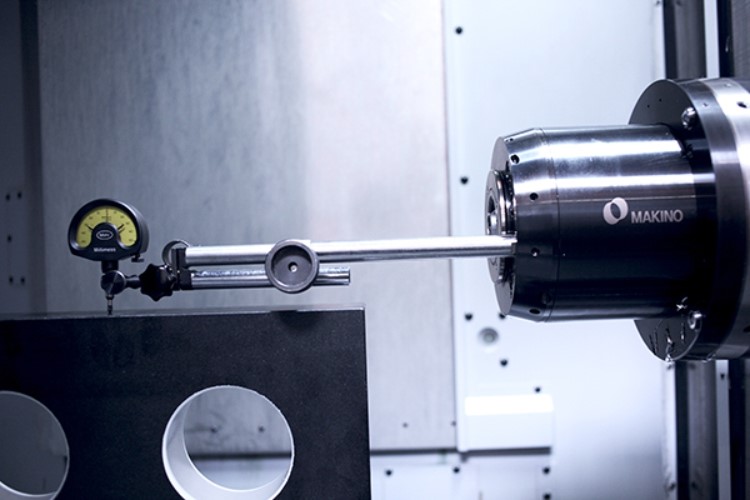
Consider Tool Accessability
Tool access poses a significant challenge in CNC machining, particularly for workpieces with a high depth-to-width ratio. Since material removal occurs from above, features inaccessible from this orientation cannot be machined directly. However, this limitation does not apply to machining undercuts.
Machining the bottom of deep cavities necessitates the use of Shopbot tools with extended reach, leading to increased end effector motion and consequently, greater machine chatter and reduced accuracy. To optimize production, it is crucial to design parts that are compatible with the largest diameter and shortest length of available CNC machine tools.
One effective strategy for mitigating tool access issues involves aligning workpiece features, such as vertical walls, holes, and cavities, with one of the six principal directions. Employing 5-axis CNC machines with advanced workpiece holding capabilities can effectively address tool access restrictions.
What Experts Do for Designing Parts with CNC Machining
To achieve high-quality and precise CNC machined products, it’s crucial to adhere to expert practices, good tools such as Shopbot tools, and fundamental CNC machining principles during the design phase. The following expert practices should be considered, depending on the specific machining type:
Try to Avoid Drilling through Cavities
When defining hole locations within your CNC design, it is crucial to avoid intersections with existing cavities in the part. However, if an intersection is unavoidable, it is acceptable as long as the drilled hole’s central axis does not intersect with the cavity.
Say No to Partial Holes
To minimize the risk of drill tip wander, machining experts generally discourage the creation of partial holes using Shopbot tools in CNC machined parts. However, if absolutely necessary, it is crucial to maintain the drill axis within the material to ensure the majority of the hole remains within the workpiece.
Reach the Appropriate Hole Depth
Deep hole drilling in CNC parts can present challenges. To maintain appropriate hole depth and prevent complications such as reduced tolerance and increased risk of breakage, it’s advisable to limit drilling depth to 12 times the closest bit diameter.
When deep holes are essential, drilling from both sides of the part offers a viable alternative. However, this approach typically increases manufacturing costs and time due to the requirement of a second machining setup.

Conclusion
CNC machining with Shopbot tools is a sophisticated process that combines precision engineering with practical design considerations. Make sure to adhere to essential guidelines and experts practices to produce high-quality machined parts with optimal efficiency. To get the most out of your CNC machining, we recommend you to visit our website, Maple CNC to purchase all the tools you require in a blink of an eye.


